Why Your Chicken Needs a Cajun Makeover: Spicy Secrets & Flavorful Tips!
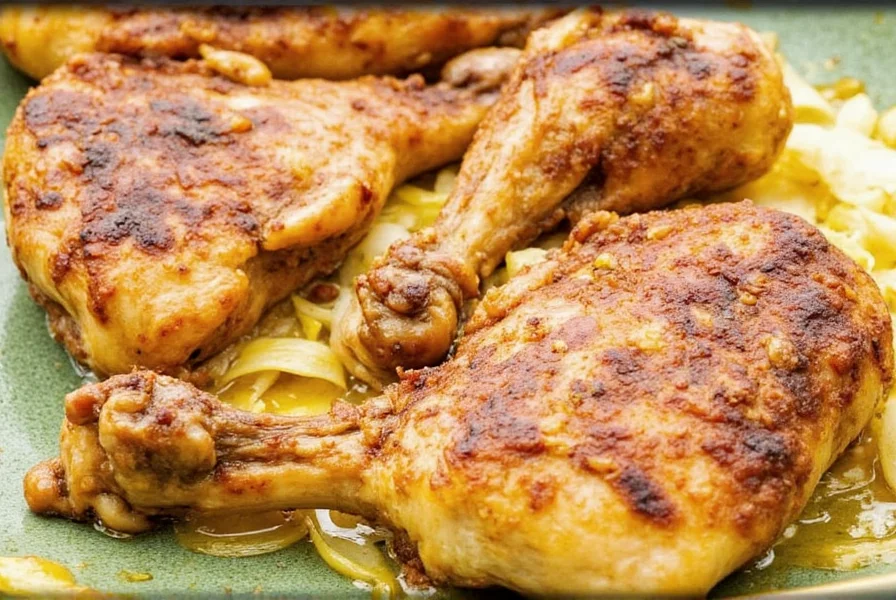
Table of Contents
- Introduction
- What Is Cajun Cuisine?
- The Origins of Cajun Fried Chicken
- The Spice Breakdown: The Holy Trinity + More
- Your Ultimate Cajun Fried Chicken Recipe
- Pro Tips for Crispy, Juicy Results Every Time
- Serving Suggestions: What to Pair With Cajun Chicken
- Buying Guide: Choosing the Best Ingredients
- Conclusion
Introduction
If you've ever tasted authentic Cajun fried chicken, you know it's not just about heat — it's a bold, earthy explosion of flavor that dances on your palate. It’s the kind of dish that makes you want to reach for a napkin, a cold drink, and maybe even a second helping.
This blog post is your ticket into the vibrant world of Cajun cuisine through one of its most beloved stars: cajun fried chicken. Whether you're an amateur home cook or a seasoned pro looking for spice inspiration, this guide will take you from the origins of Cajun seasoning all the way to mastering your own crispy, flavorful batch at home.
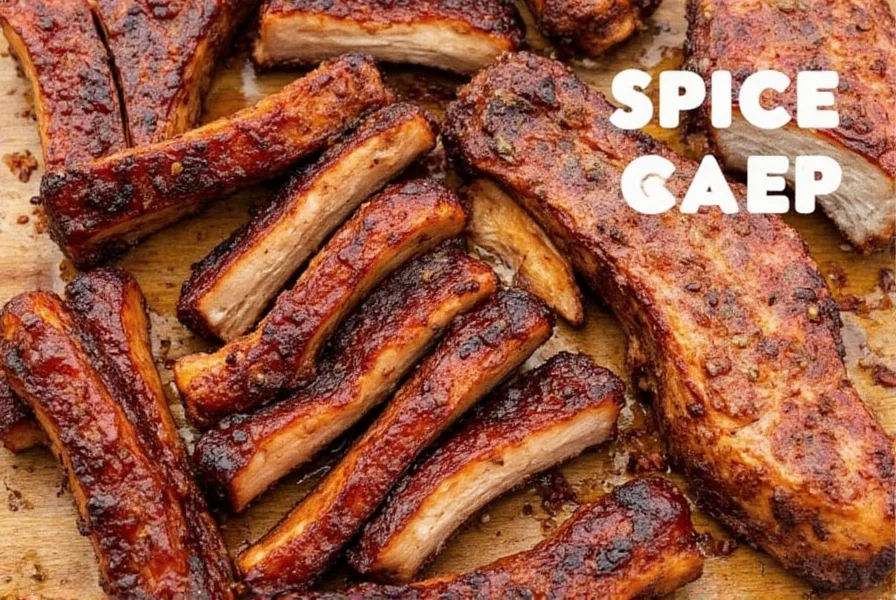
What Is Cajun Cuisine?
Cajun cuisine comes from the southern United States — particularly Louisiana — and is known for its rustic flavors, hearty ingredients, and generous use of spices. While often confused with Creole cuisine (which includes more European and African influences), Cajun food has its roots in French-Canadian traditions brought to Louisiana by exiled Acadians in the 18th century.
Unlike Creole dishes that often feature tomatoes, Cajun recipes typically rely on the “Holy Trinity” — onions, bell peppers, and celery — along with garlic, paprika, cayenne pepper, thyme, oregano, and black pepper. These ingredients create the signature depth of flavor that defines Cajun cooking.
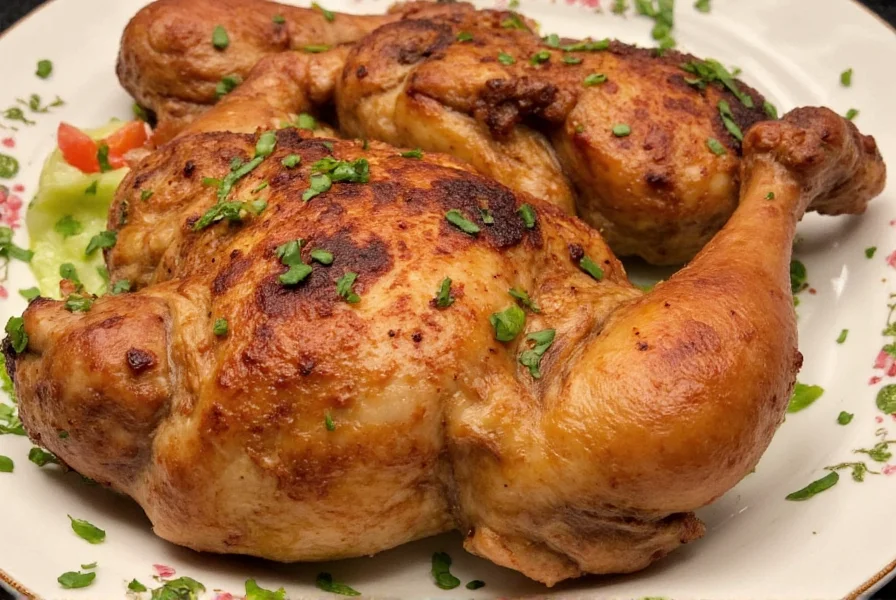
The Origins of Cajun Fried Chicken
Fried chicken is as American as apple pie — but add some Cajun flair, and you’ve got a whole new ball game. Cajun fried chicken evolved from the deep-fried techniques passed down through generations of Southern cooks who wanted to infuse their everyday meals with more personality.
Originally, Cajun seasoning was used to preserve meats and add flavor before refrigeration was widely available. Over time, it became a cornerstone of Louisiana cooking. Today, cajun fried chicken stands proudly among classics like gumbo and jambalaya, celebrated for its robust flavor and satisfying crunch.
The Spice Breakdown: The Holy Trinity + More
Let’s break down the essential spices that make up a traditional Cajun fried chicken recipe:
| Spice | Flavor Profile | Role in Cajun Chicken |
|---|---|---|
| Paprika | Sweet, smoky, slightly peppery | Adds color and warmth without too much heat |
| Cayenne Pepper | Hot, sharp, intense | Brings the fire that Cajun is famous for |
| Garlic Powder | Pungent, savory, umami-rich | Enhances meatiness and complexity |
| Onion Powder | Mildly sweet, aromatic | Complements garlic and builds depth |
| Dried Thyme | Earthy, floral, herbal | Softens the heat and adds balance |
| Oregano | Robust, spicy, Mediterranean | Brings a punchy herbaceous note |
| Black Pepper | Sharp, pungent, woody | Boosts other flavors and provides heat |
| White Pepper (Optional) | Milder, creamier than black pepper | Used in some blends for subtlety |
Together, these spices create a symphony of heat, earthiness, and aromatic richness that sets Cajun fried chicken apart from its milder cousins.
Your Ultimate Cajun Fried Chicken Recipe
Ready to fry? Here’s how to make mouthwatering Cajun fried chicken at home:
Ingredients
- 2 lbs bone-in chicken thighs or drumsticks
- 1 cup buttermilk (for soaking)
- 1 ½ cups all-purpose flour
- 2 tbsp Cajun seasoning blend (see above list)
- 1 tsp baking powder (for extra crispiness)
- Vegetable oil (canola or peanut oil preferred)
Instructions
- Soak chicken in buttermilk for at least 2 hours (overnight works best).
- In a bowl, mix flour, Cajun seasoning, and baking powder.
- Dredge each piece in the flour mixture, pressing to adhere.
- Heat oil in a large skillet or Dutch oven to 350°F (175°C).
- Fry chicken for 6–8 minutes per side until golden brown and cooked through.
- Drain on a wire rack or paper towels and let rest for 5 minutes before serving.
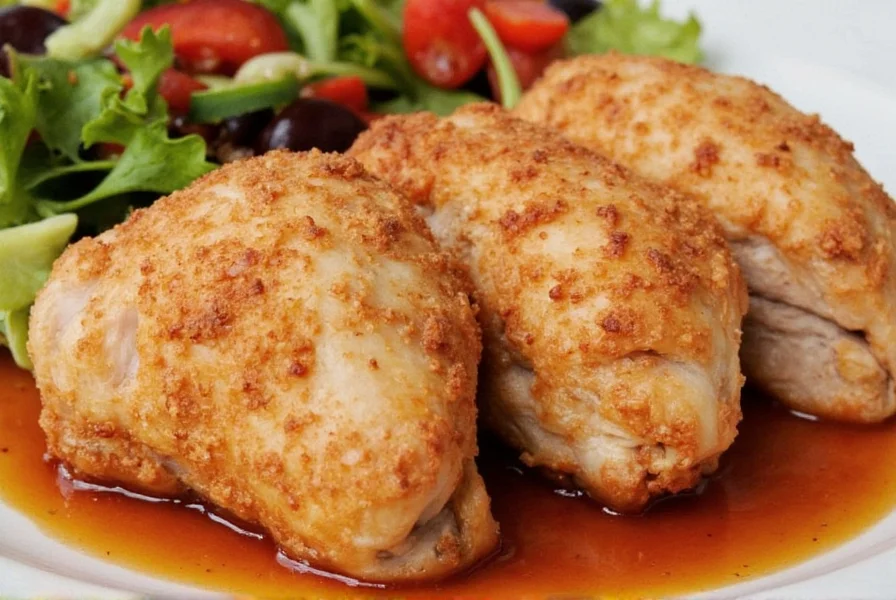
Pro Tips for Crispy, Juicy Results Every Time
Want that perfect crackle when you bite into the crust while still getting that juicy interior? Try these expert tips:
- Buttermilk Soak: Tenderizes the chicken and enhances flavor. For extra kick, add a dash of hot sauce to the soak.
- Baking Powder Hack: A little baking powder in the flour mix gives you a lighter, crispier crust without affecting flavor.
- Oil Temperature Control: Use a thermometer! If the oil is too cool, your chicken will be greasy; too hot, and the outside burns before the inside cooks.
- Double Frying: For ultra-crispy results, fry once, drain, then fry again for 30 seconds to a minute.
- Rest Before Serving: Letting the chicken sit for a few minutes after frying ensures juices redistribute and prevents sogginess.
Serving Suggestions: What to Pair With Cajun Chicken
Cajun fried chicken is a star player, but it shines brightest with the right supporting cast. Here are some classic and modern pairings:
- Coleslaw: Cool and creamy to balance the heat.
- Dirty Rice: Infused with liver and Cajun spices for a hearty sidekick.
- Okra Gumbo: Ties the meal together with a rich, spiced broth.
- Hot Sauce & Honey Drizzle: Sweet meets heat in a flavor explosion.
- Cornbread: Adds texture and a hint of sweetness.
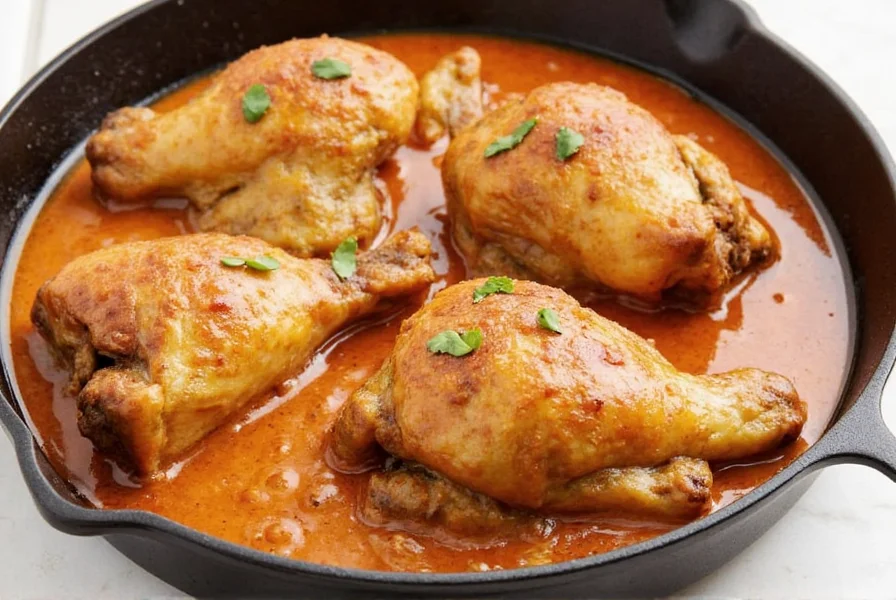
Buying Guide: Choosing the Best Ingredients
Not all spices or oils are created equal. Here's how to pick the right ones for your cajun fried chicken recipe:
Chicken Cuts
- Thighs vs Drumsticks: Thighs offer juicier meat, while drumsticks are easier to handle and great for dipping.
- Organic vs Conventional: Organic chicken tends to be less fatty and more flavorful, ideal for frying.
Cajun Seasoning Brands
| Brand | Heat Level | Best For |
|---|---|---|
| Old Bay Cajun | Mild-Medium | Beginners or those who prefer balanced flavor |
| Tony Chachere's | Medium-Hot | Classic Cajun lovers |
| Zatarain’s | Medium | Kids or crowd-pleasing meals |
| 自制混合 | Customizable | Experienced cooks who want full control over flavor |
Cooking Oils
- Peanut Oil: High smoke point, neutral taste — ideal for deep frying.
- Canola Oil: Affordable and versatile, good for both pan-frying and deep frying.
- Corn Oil: Another budget-friendly option with a high smoke point.
- Coconut Oil: Gives a slight tropical twist — use sparingly due to strong aroma.

Conclusion
Cajun fried chicken isn’t just a dish — it’s an experience. From the first whiff of spices hitting the oil to that first bite of perfectly fried skin giving way to tender, juicy meat, every step is a celebration of flavor.
Whether you’re cooking for family dinner or impressing guests with a taste of the Deep South, a cajun fried chicken recipe is a must-have in your culinary arsenal. So grab your cast iron, dust off that spice rack, and get ready to ignite your kitchen with some serious Southern soul.
And remember — the secret to great Cajun chicken isn't just the spices. It's passion, patience, and a willingness to play with heat until it sings exactly how you like it.

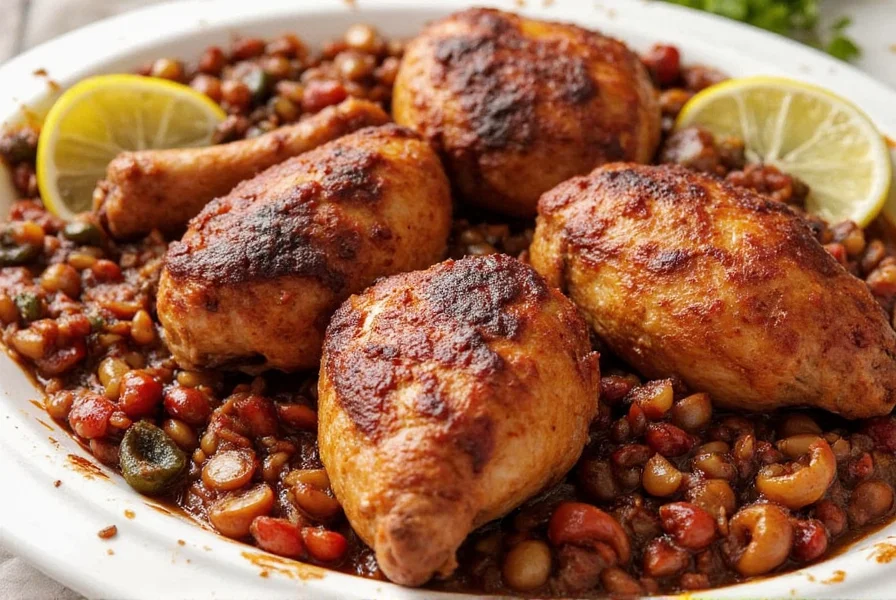









 浙公网安备
33010002000092号
浙公网安备
33010002000092号 浙B2-20120091-4
浙B2-20120091-4